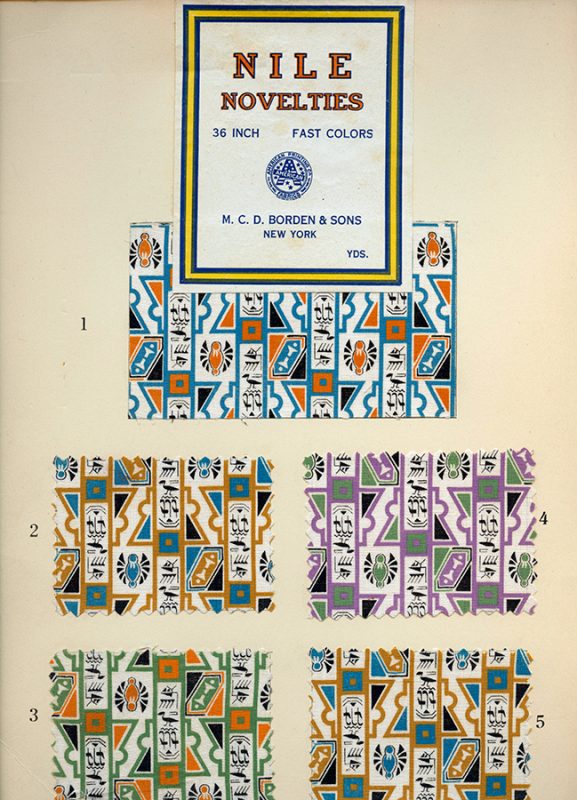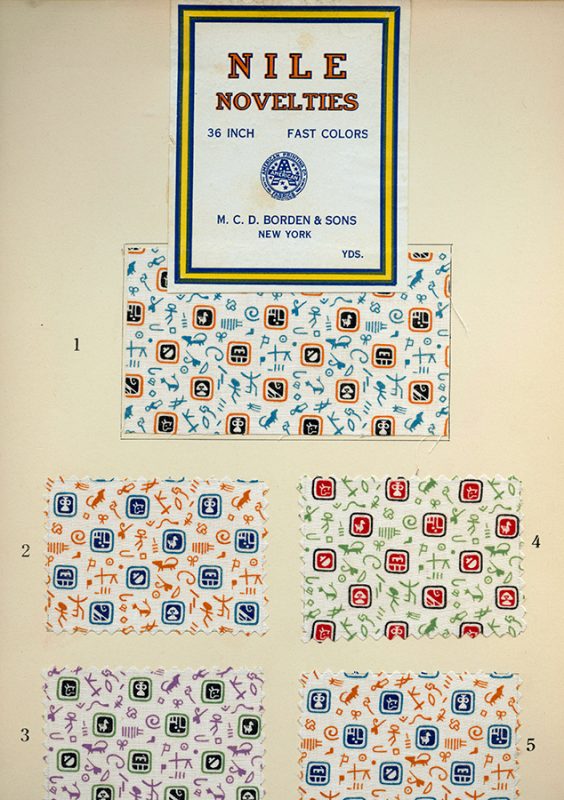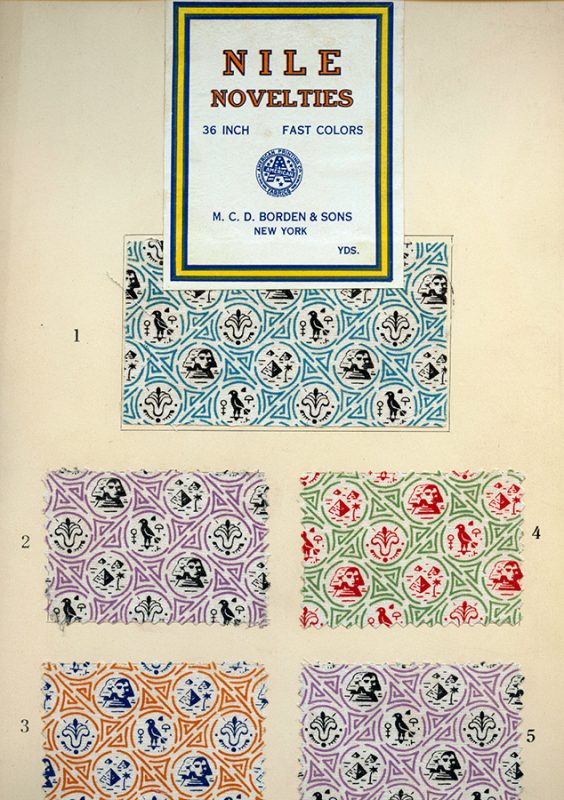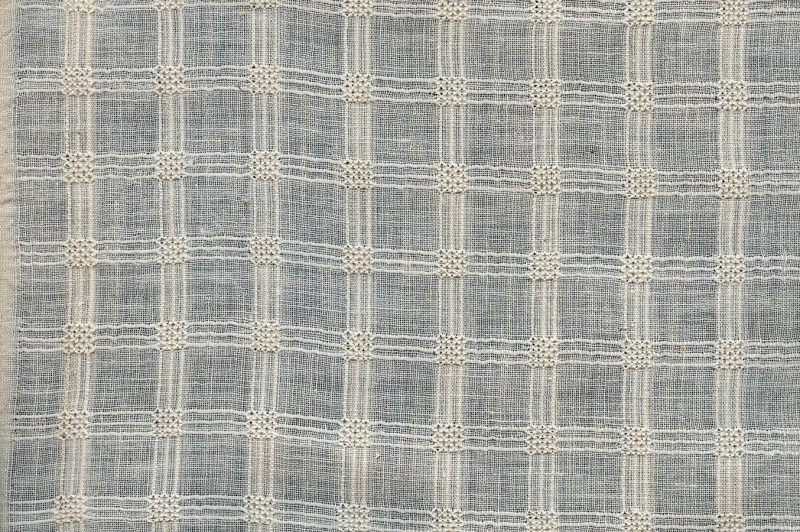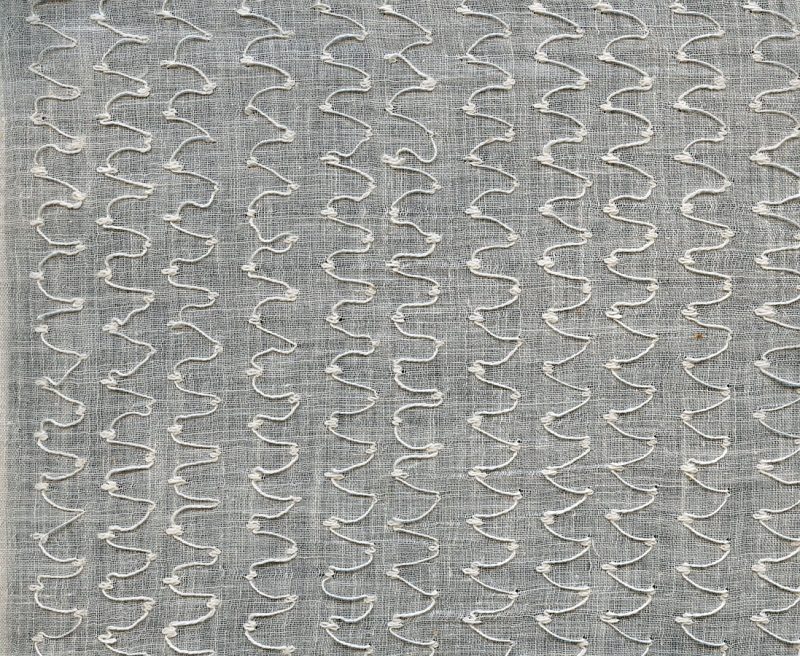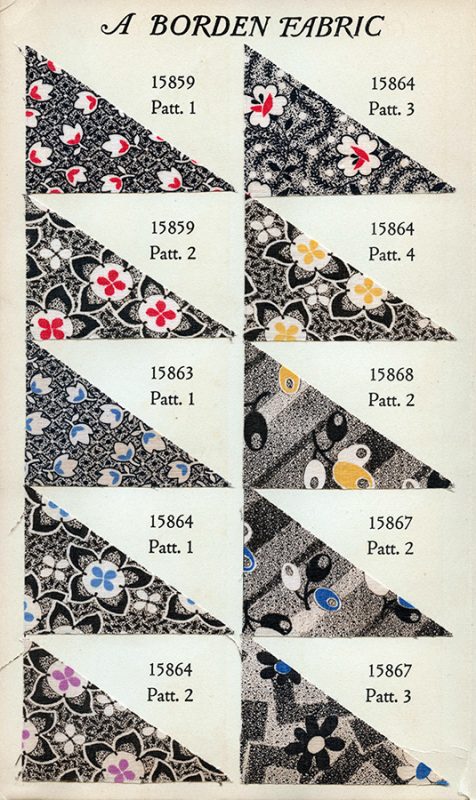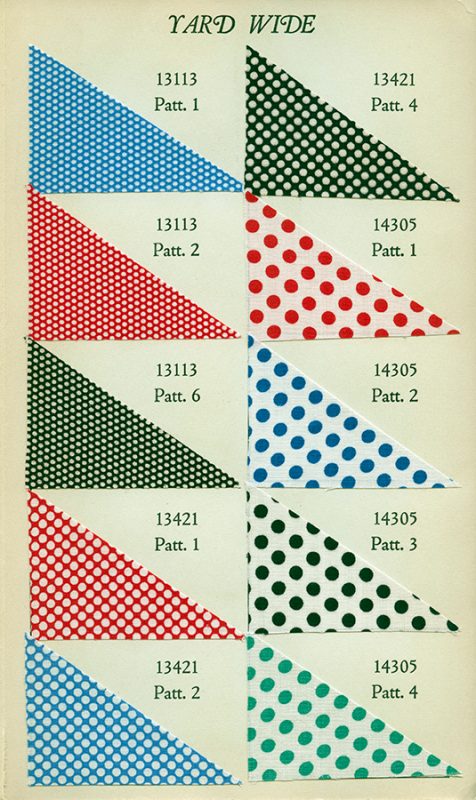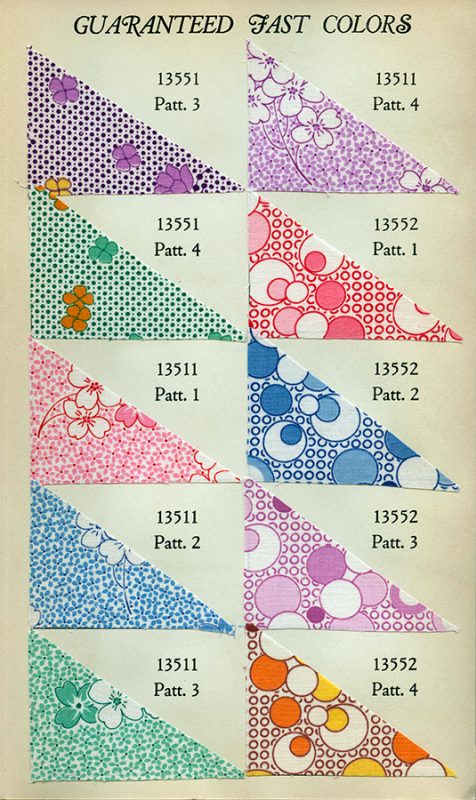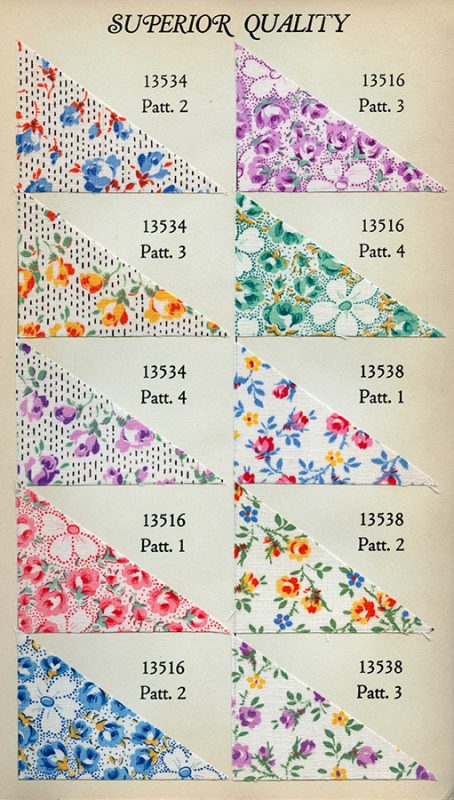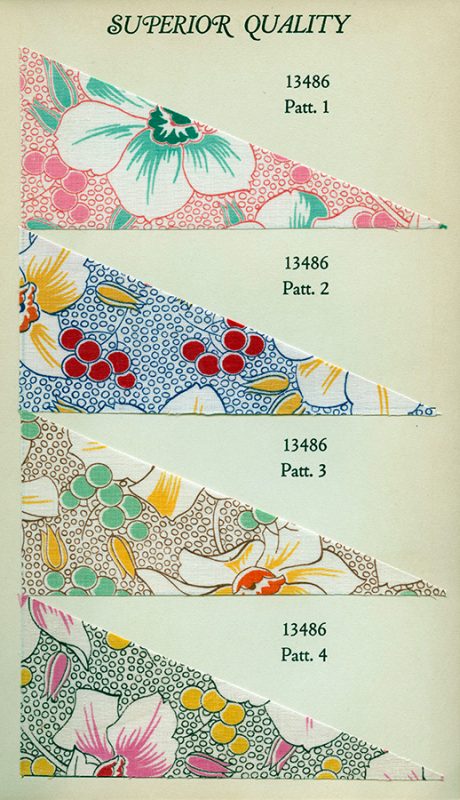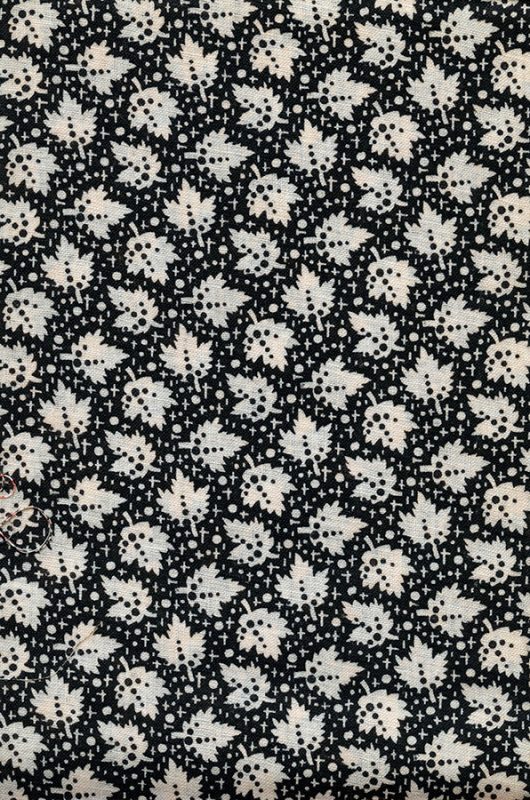The textile samples in this gallery were either woven or printed in various mills in Fall River, Massachusetts, between the years 1923 – 1954 and are contemporaneous to the period covered in this exhibit.
The city of Fall River, Massachusetts was noted, world-wide, as the major center of cotton textile production in the United States during the nineteenth and early twentieth centuries; lesser-known is the city’s print cloth industry. The standard cotton print manufactured in Fall River was a plain weave textile with sixty-four threads per inch in both warp and weft; it was an inexpensive commodity that would dominate the economy of the city for a century. The printing of this cloth was introduced in Fall River by Job Eddy (1778-1853) in 1824 in a small building of the Pocasset Manufacturing Company. Following his relocation to New Bedford, Massachusetts, printing was continued at the location for a brief time by Oliver Snow Hawes (1791-1857), and others.
Andrew Robeson (1787-1842) is considered to be the pioneer of cloth printing in the city of Fall River. Robeson, a resident of New Bedford, came to Fall River in 1824, and began block printing at the Satinet Mill of the Pocasset Company; the business operated as the Fall River Print Works. Cylinder printing on copper rollers was introduced in 1832. In the period of 1856-1864, cotton machinery was purchased for the manufacture of cloth, and the printing business was abandoned.
Colonel Joseph Durfee’s (1750-1842) Globe Mill and its expanded plant were equipped with machinery and apparatus for printing calicos in 1830. The original Durfee mill was destroyed by fire in 1838, but printing machines may have been used in the three-story stone mill erected at the site of the original structure as late as 1845.
The success of the early print works was enough to persuade Fall River Iron Works stockholders to begin a similar venture. On August 6, 1834, the investors voted to “erect a building at the new dam near the High Hill, suitable to print calicoes,” called the American Print Works, which went into bankruptcy in 1879. A new corporation, the American Printing Company, was organized in 1880; it dominated the city’s textile industry under the leadership of Matthew Chaloner Durfee Borden (1842-1912), until the depression of the 1920s. The expansive property was later operated by a subsidiary of the Firestone Tire and Rubber Company.
The Algonquin Printing Company was the city’s last major printing enterprise, second in size only to the American Printing Company. It was incorporated in 1891, and was acquired by New York investors in 1939; the company was liquidated in 1941.
All of the samples in this exhibit are from the permanent collection of the Fall River Historical Society, which holds an extensive collection of swatch books and fabric samples produced in the city, including examples of the earliest prints produced in the city in the during the nineteenth century.

